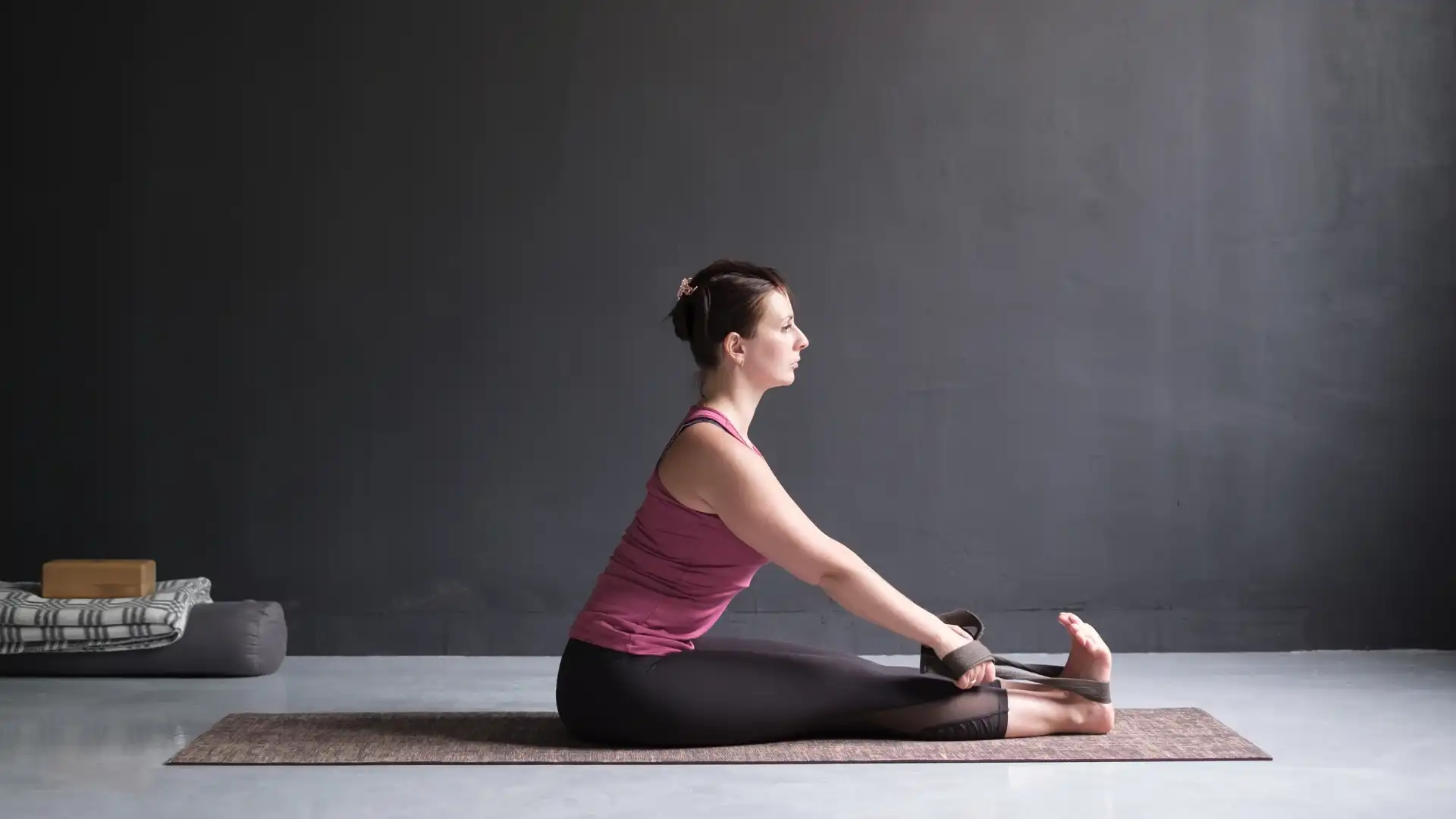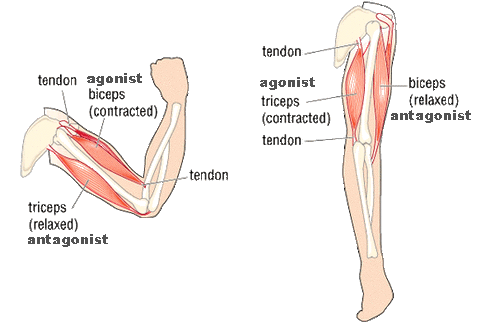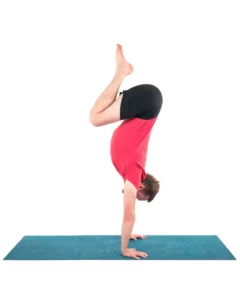Muscular Superheroes: Agonists, Antagonists, Synergists and Stabilizers

Article At A Glance
Did you know there’s teamwork that goes into your muscles’ movements? Just like superheroes, your muscles work together to ensure your synovial joints function smoothly. In this blog post, we’ll break down the muscle community, drawing parallels with Batman and his team to illustrate this fun, fascinating dynamic.
What are agonist and antagonist muscles? Watch the short video below and review them with a bit of help from Batman and Robin.
Muscular Superheroes: Agonists, Antagonists, Synergists and Stabilizers
Moving any of our synovial joints requires a community effort. While the “agonist” muscles are the prime movers of a joint, there are other muscles that kick in to help guide and stabilize that movement. You can think of the muscle community that comes together to move your joints as superheroes. For fun, we’ll use Batman and his cohorts as an example.
Here’s a quick review and summary of the relationships of muscles around a joint.
 Batman: The Agonist
Batman: The Agonist
The main muscle trying to create a movement at a joint.
Joker: The Antagonist 
The main muscle that does the opposite action at the joint.
 Robin: The Synergist
Robin: The Synergist
Muscles that help the agonist do the same movement.

Alfred: The Stabilizer
Muscles that keep everything else in place while the agonist and synergists are trying to do their work.
The relationship between the agonist and antagonist muscles is called “reciprocal inhibition.” As the agonist contracts to move a joint, the antagonist is automatically relaxed by a reflex arc in the spinal cord. That’s good because otherwise, it would fight against the movement like Joker would fight against Batman!

Muscle Agonists and Antagonists in A Forward Fold
For example, in a yoga pose such as Paschimottanasana (Seated Forward Bend), the quadriceps muscles are the agonists—because they contract—and the hamstrings are the antagonists—because they stretch. Similarly, when we bend our elbow, the biceps (agonist muscles) contract, and the triceps (antagonist muscles) stretch to allow for the elbow to bend. (see illustration above)
How does this knowledge help us? Contracting an agonist at a joint generally helps us stretch the antagonist, so a little help from Batman and Robin can go a long way to help deepen your yoga poses and achieve a better understanding of them.
Also, read...
A Blueprint for Learning Anatomy for Yoga Teaching
5 Yoga Tips for a More Comfortable Hero Pose
Related courses
Dr. Nolan Lee is a yoga teacher and physical rehab specialist in Chicago, IL, with an extraordinary passion for understanding how the body moves and functions. Nolan has the unique ability to blend the science of anatomy with the art of yoga. With an active practice at this clinic, Balanced Flow Wellness, he practically applies yoga to restore and maintain health. Dr. Lee also holds a Master of Acupuncture degree and is a NASM-certified corrective exercise specialist (CES). He enthusiastically shares his knowledge of yoga and anatomy in lectures, workshops, and on his blog.



